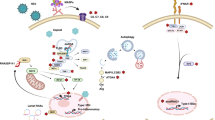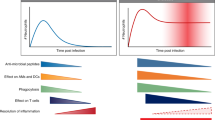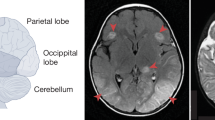Abstract
ABSTRACT: The antiviral properties of neonatal and adult human neutrophils were investigated by their ability to inhibit the formation of herpes simplex virus (HSV) plaques using extrinsic viral resistance (EVR) assay. The EVR assay was performed by incubating neutrophils or mononuclear cells MNC) with HSV-infected Vero or CEM tumor cells for h. The cells were then frozen and viable HSV was quantitated by the ability of the lysate to form viral plaques. Activation of neutrophils from normal adults with phorbol myristate acetate increased their ability to inhibit HSV plaque formation more than 10-fold. The EVR response neutrophils from newborn infants was much lower, and significant inhibition occurred using activated neutrophils from patients with chronic granulomatous disease. The presence of rabbit anti-HSV antiserum slightly increased the EVR response of neutrophils but produced a greater increase in the response of the MNC in both adults and newborns. However, the combination of antiserum plus cytokines (granulocyte-macrophage colony-stimulating factor, IL-2, and interferon-γ) greatly augmented the neutrophil EVR response to the level of the MNC response. Thus, neutrophils are capable of exerting a strong antiviral response comparable to that of MNC that may be important as a second line of defense in the immunocompromised patient.
Similar content being viewed by others
Log in or create a free account to read this content
Gain free access to this article, as well as selected content from this journal and more on nature.com
or
Author information
Authors and Affiliations
Rights and permissions
About this article
Cite this article
Roberts, R., Ank, B. & Stiehm, E. Antiviral Properties of Neonatal and Adult Human Neutrophils. Pediatr Res 36, 792–798 (1994). https://doi.org/10.1203/00006450-199412000-00018
Received:
Accepted:
Issue date:
DOI: https://doi.org/10.1203/00006450-199412000-00018
This article is cited by
-
Modeling human HSV infection via a vascularized immune-competent skin-on-chip platform
Nature Communications (2022)
-
Polyunsaturated fatty acids and T‐cell function: Implications for the neonate
Lipids (2001)
-
Neuroendocrine and leukocyte responses and pulmonary function to acute stressors
Annals of Behavioral Medicine (2000)



